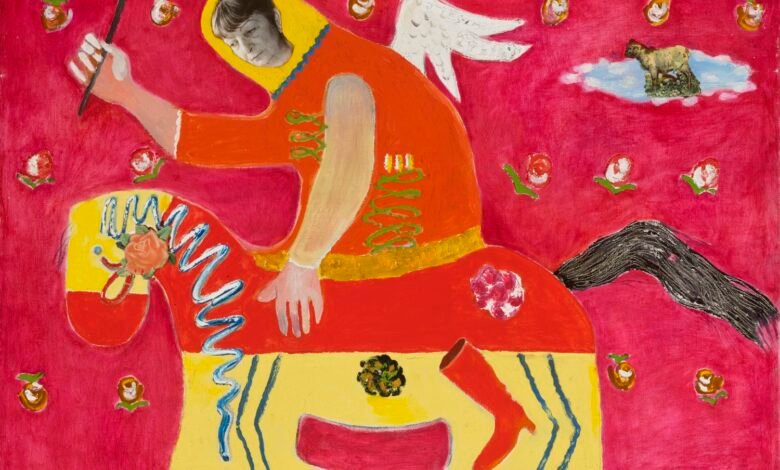A Margit Anna Retrospective — Jewish Renaissance


Role-playing self-portraits were central to Anna’s early work and would remain so throughout her career. They were a means through which to transcend her marginalisation. Between 1940 and 1944, Ámos was pressed into forced labour service, also known as “annihilation through work”. With the Nazi occupation of Hungary in March 1944, Anna went into hiding, narrowly escaping deportation to Auschwitz, but her beloved Ámos never returned from the eternal night of the German Ohrdruf concentration camp.
In 1945, 80 percent of Budapest had been bombed and all seven bridges connecting Buda and Pest obliterated. In this dire setting, a group of survivor artists, among them Anna, banded together to form the European School, which was founded on the post-war promise of a unified, democratic Europe that would bring deliverance from persecution and censorship. Archetypal motifs featured strongly in Anna’s art of this period. Stylised, simplified, often genderless heads, with mask-like sombre expressions, darkly outlined in bold Expressionist hues. In 1947 came the hostile Communist takeover and, in 1948, the School was permanently shut down. Anna, along with all artists who refused to toe the Socialist Realism line were blacklisted and banned from participating in public artistic life for the next two decades.




